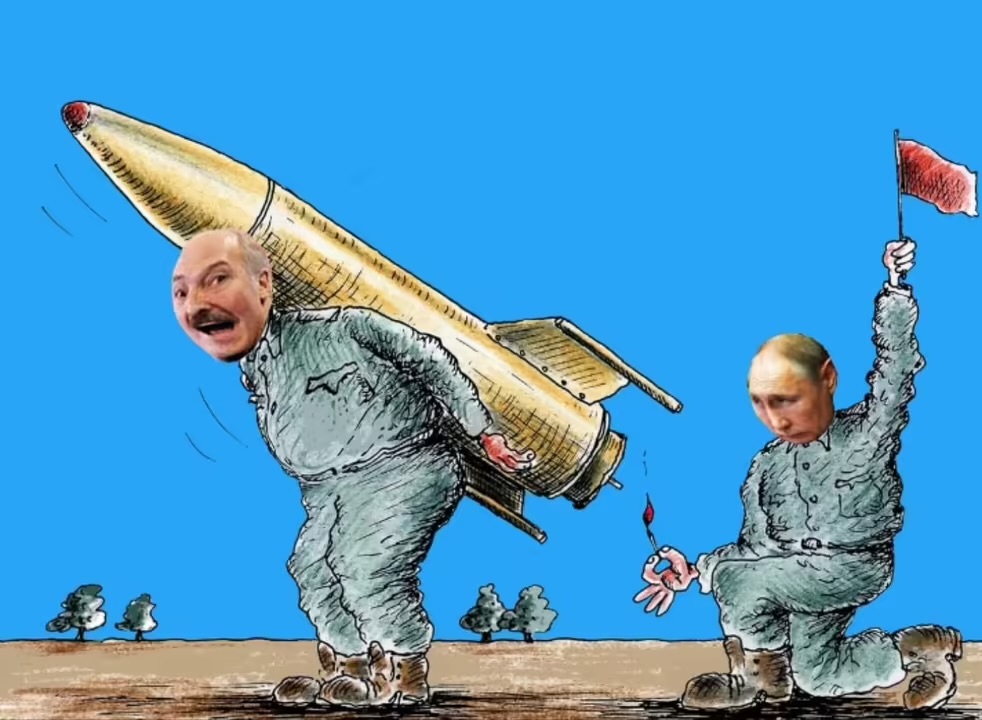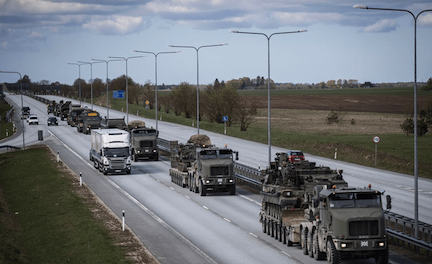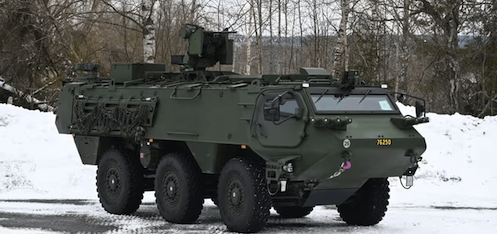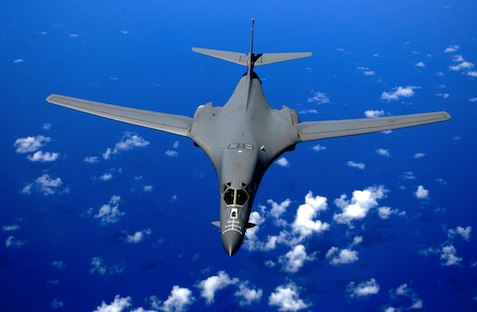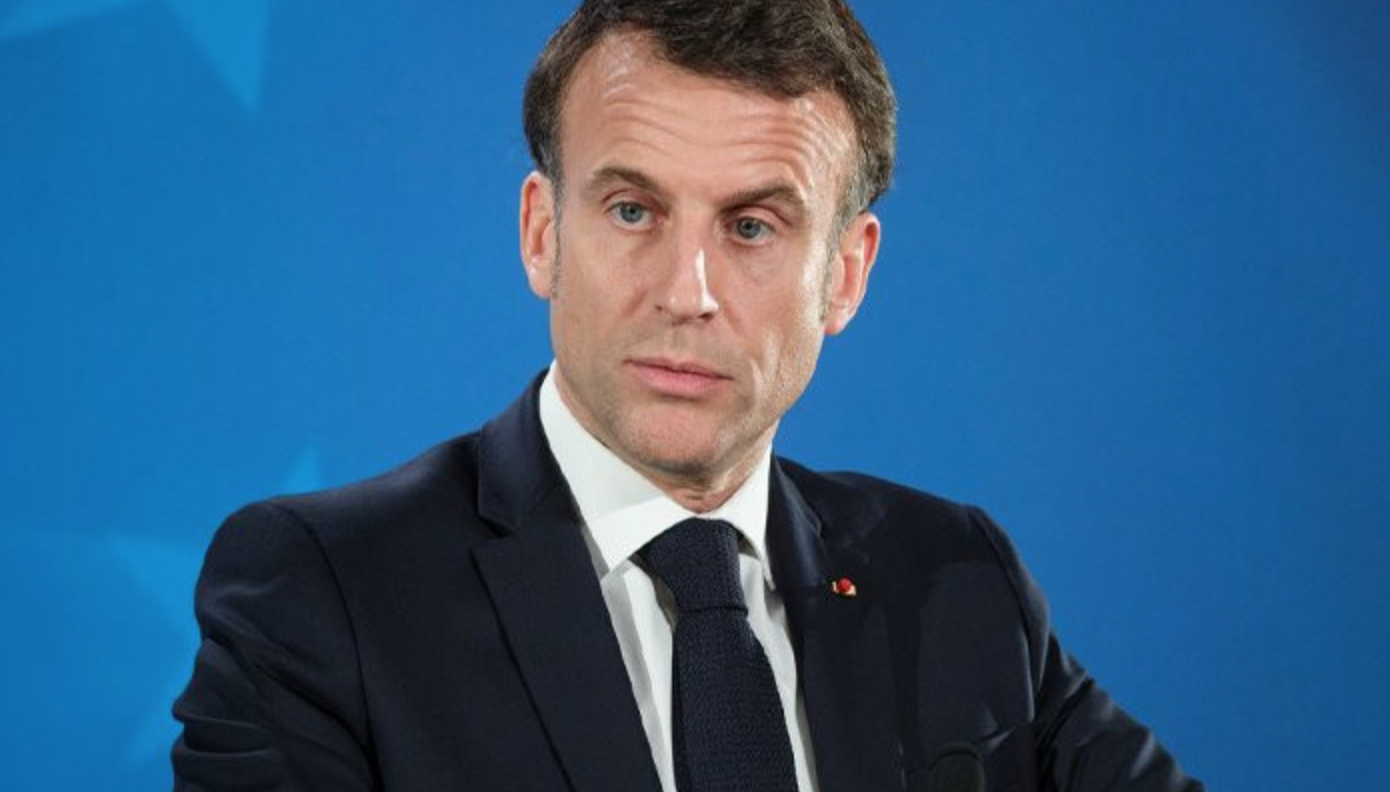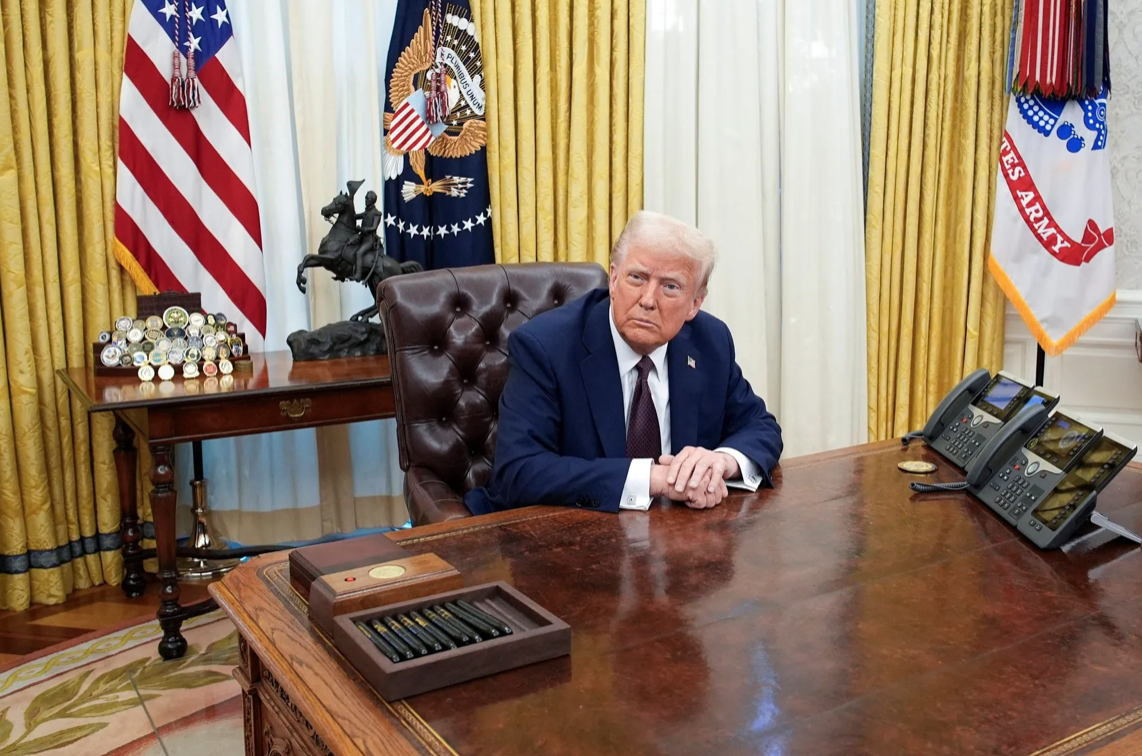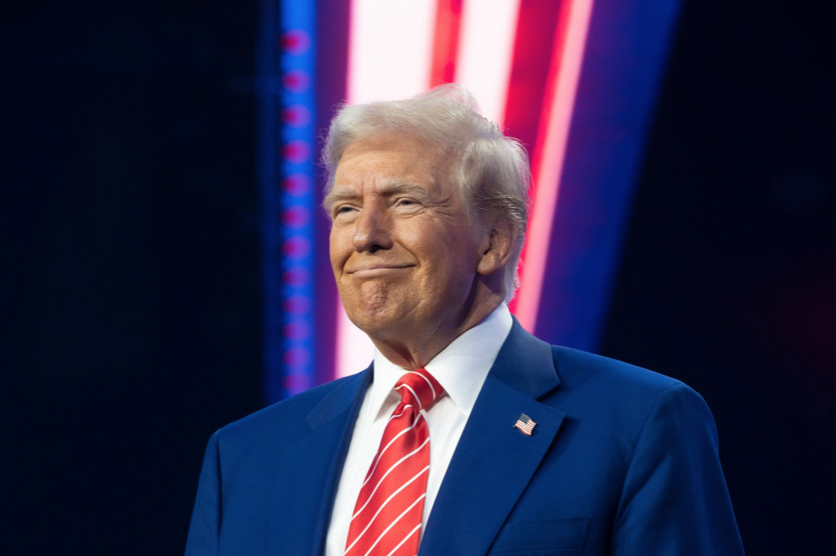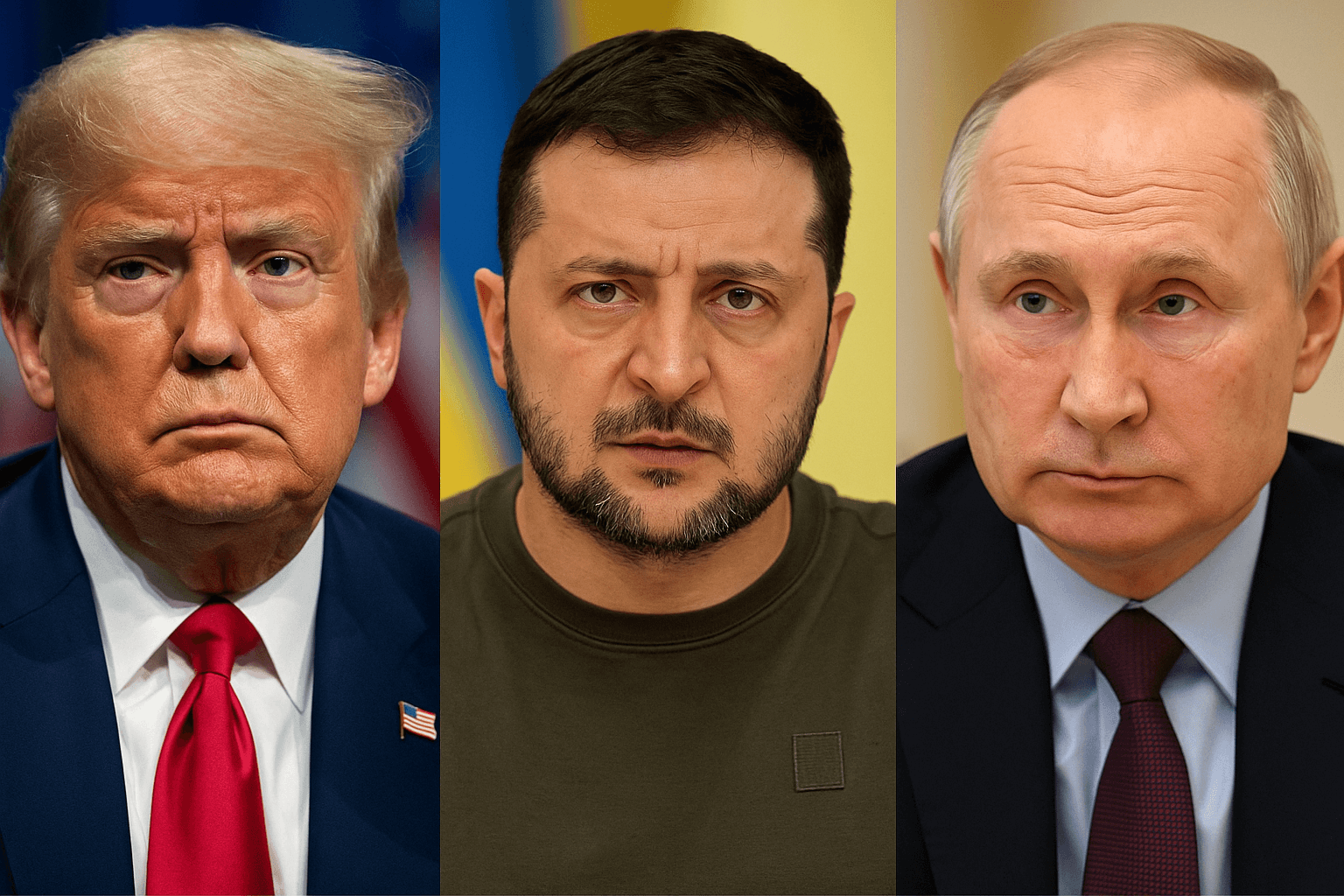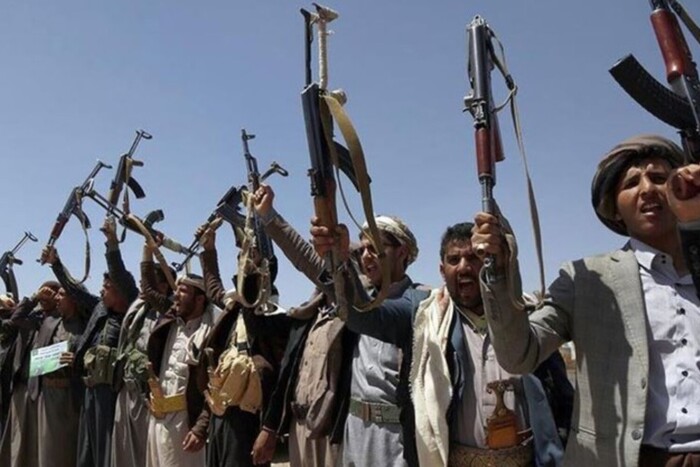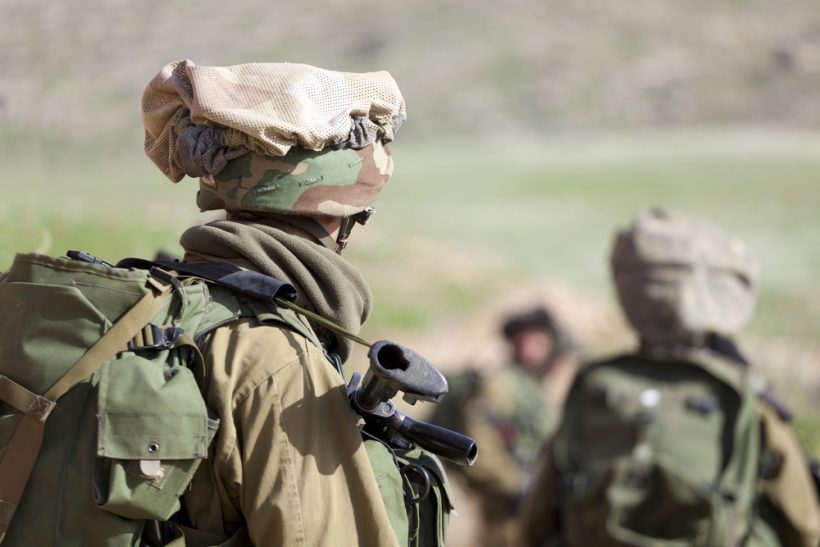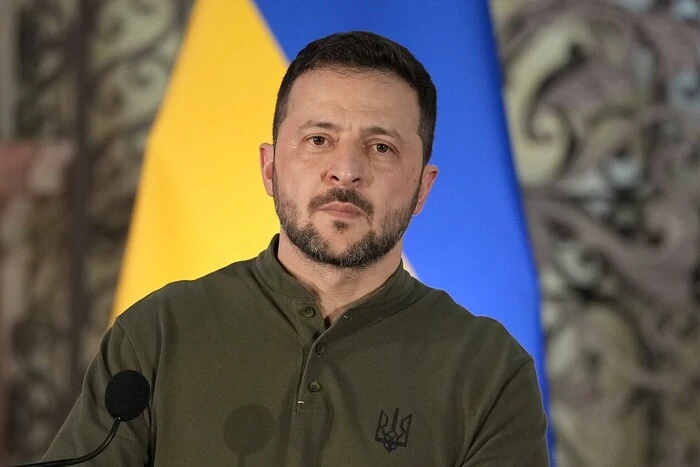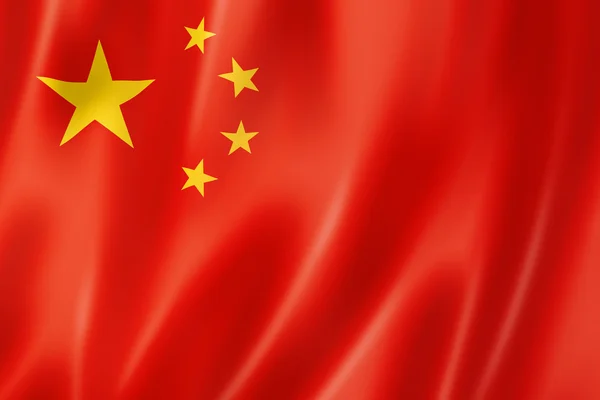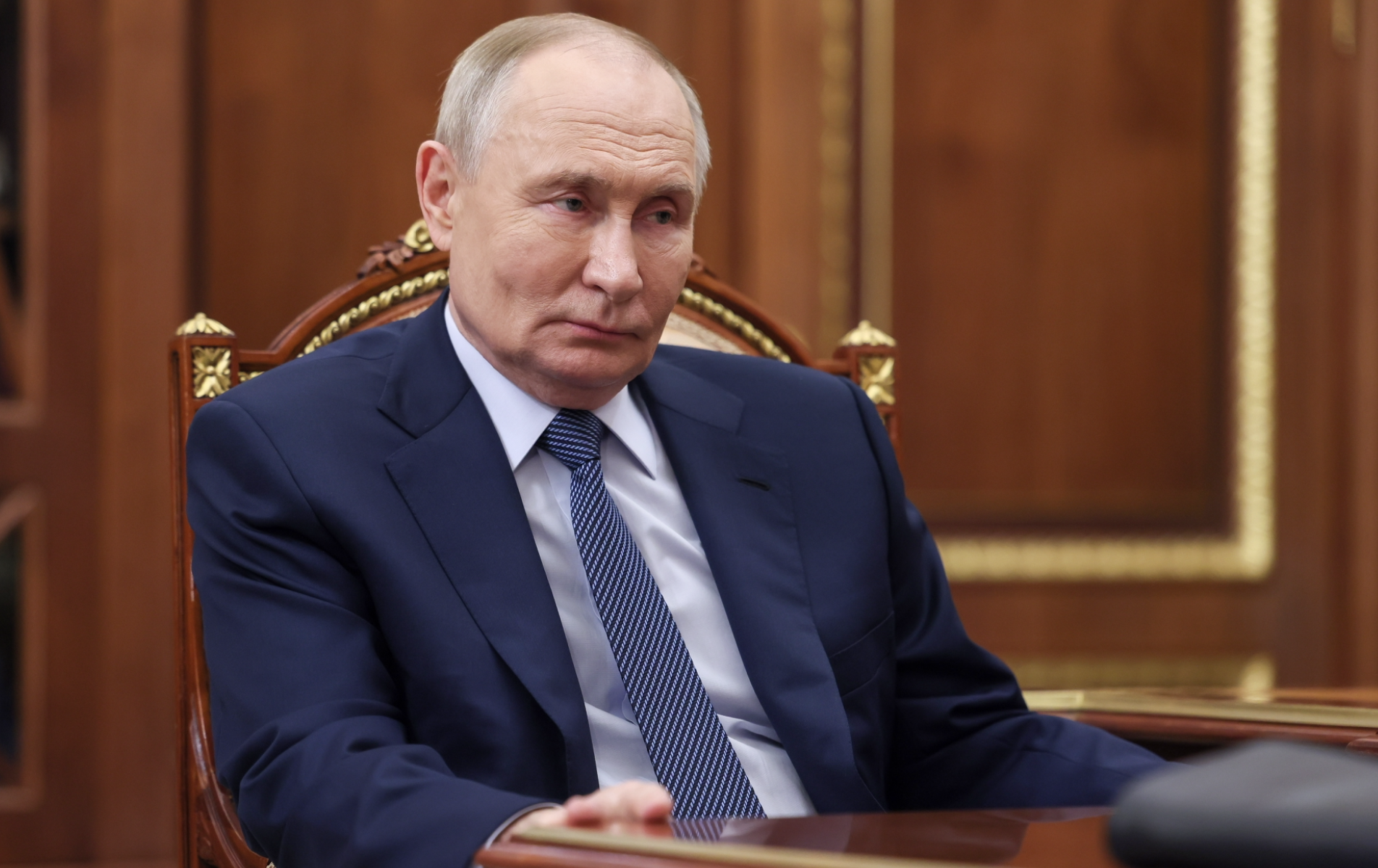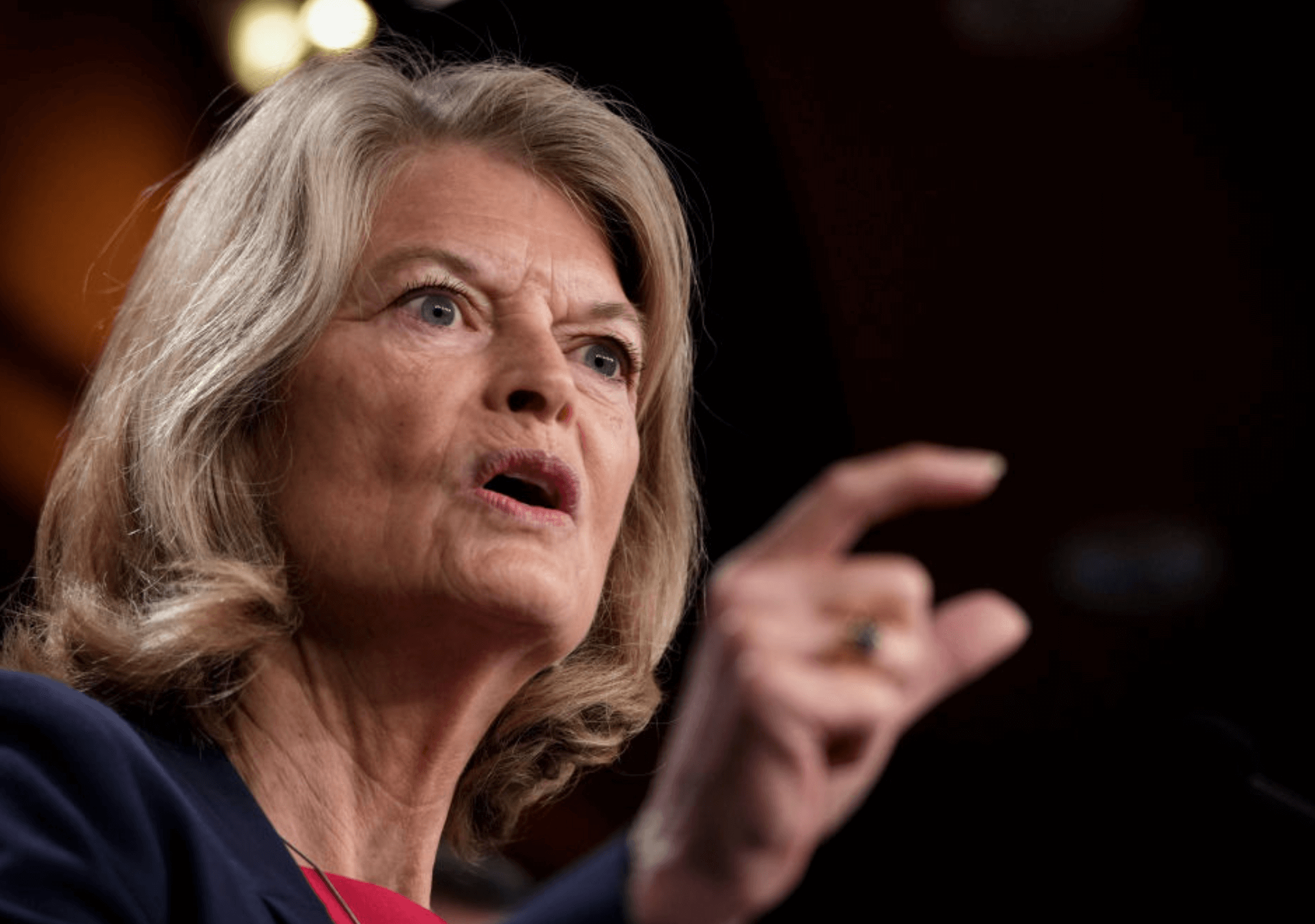Photo: Alexander Barabashchikov
MOSCOW – There is a tension in the air in Moscow that seems both historic and precarious, as the United States and Russia find themselves at a crossroads that could determine the future course of the war in Ukraine – and with it, the global order. Today, on 13 March 2025, Donald Trump’s special envoy Steve Witkoff arrived in the Russian capital carrying a fragile olive branch: a 30-day ceasefire in Ukraine. It’s a risky bet, pitting American diplomatic courage against Russia’s cold pragmatism, and the world is holding its breath to see.
A proposal agreed this week in Jeddah between US and Ukrainian officials has received reluctant approval from Kyiv, a concession born of battlefield attrition and geopolitical necessity. Ukraine’s President Volodymyr Zelenskyy, ever theatrical in his steadfastness, called it a “positive” step, but stressed that success depended on Russia’s willingness to act in good faith. “The key factor,” he said on Wednesday, “is the ability of our partners to guarantee that Russia will not deceive, but sincerely seek to end the war. In other words: Kyiv is ready for a pause, but only if Moscow’s promises are not just another Kremlin trick.
This is where Vladimir Putin, the chess master of this brutal game, comes in, and today he delivered a masterclass in restrained confidence with a touch of scepticism. Speaking at a press conference with Belarusian dictator Alexander Lukashenko, Putin expressed theoretical support for the ceasefire, but couched it in terms of reservations sufficient to worry any optimist. “In principle, we are not against it,” he said, keeping his tone as steady as a metronome, “but any agreement must take into account the root causes of the conflict, and there is much that needs to be clarified. For Putin, “root causes” is not just a diplomatic phrase, but a code for Russia’s long-standing demands: Ukraine’s neutrality, territorial concessions, and a reset in relations with Washington that will stop NATO’s eastward advance.

These demands, according to Reuters, were officially handed over to the US today – a list of “non-negotiables” reminiscent of the Kremlin’s 2022 wish list, dug up and repackaged for 2025. Ukraine needs assurances, not just respite, and Witkoff’s private meeting with Putin this evening will show whether Trump’s deal-making charisma can bridge the gap between Moscow’s red lines and Washington’s ambitions.
Meanwhile, the battlefield is adding its own commentary. Russian troops, full of gusto, have retaken Sudzha, a key town in the Kursk region that Ukraine captured in a bold offensive last August. Putin, dressed in military uniform during a rare visit to Kursk yesterday, boasted to his soldiers that the region would soon be “completely liberated”. The symbolism is obvious: Russia is negotiating from a position of strength, or so it seems. Chief of the General Staff Valery Gerasimov claimed that 86% of the Ukrainian bridgehead in Kursk had been retaken – a claim that serves as a warning to the Witkoff mission.
In Washington, Trump is playing the role of both cheerleader and enforcer. Meeting yesterday in the Oval Office with Irish Prime Minister Michael Martin, he made a veiled threat to Moscow: “We could do very bad things to Russia, it would be devastating to Russia.” But in the next sentence, he softened the blow: “I want peace after three years of war.” This is classic Trump – bravado with a fallback, a reminder that he is as much a salesman as a statesman. Secretary of State Marco Rubio, a loyal ally, predicted today’s contact with Russian leaders, hinting at a deal that could be finalised “within days”. The White House appears to be betting on speed to outrun scepticism.
But here’s the problem: trust is a scarce commodity in this Washington-Moscow-Kyiv triangle. Ukraine’s losses on the battlefield – the fall of Suzha, the erosion of Kursk – make the ceasefire a life preserver, not a victory. For Russia, it is a chance to consolidate gains without committing to a broader peace that could undermine Putin’s narrative of triumph. And for the United States, it is a tightrope walk between showing strength and avoiding being drawn into a war that has already exhausted global patience.
The intellectual highlight of this dish is in the subtext. Putin’s reference to “root causes” is not just rhetoric, but a challenge to Trump to deal with the chaotic geopolitics that preceded this war: NATO expansion, Russia’s security paranoia, and the West’s uneven commitment to Ukraine’s sovereignty. Witkoff’s task is not just to sell a 30-day pause, but to convince Putin that Trump can play a longer game – one that does not end with Russia humiliated or Kyiv abandoned. That’s no easy task for a real estate mogul turned diplomat, even with the backing of Trump’s unpredictable charisma.
As night falls in Moscow, the closed-door talks loom like a shadow theatre – opaque, symbolic and laden with consequences. Will Putin bite, or will he stall, allowing Russian drones and artillery to press on? Will Trump’s team come out with a handshake or a shrug? The answers will not only determine the fate of Ukraine, but will test whether this new US administration can bend history without breaking it. For now, the world is waiting, and the clock is ticking towards a deadline that looks more like a challenge than a deal.
13 March 2025 Author: Marianna Nyzhnia

